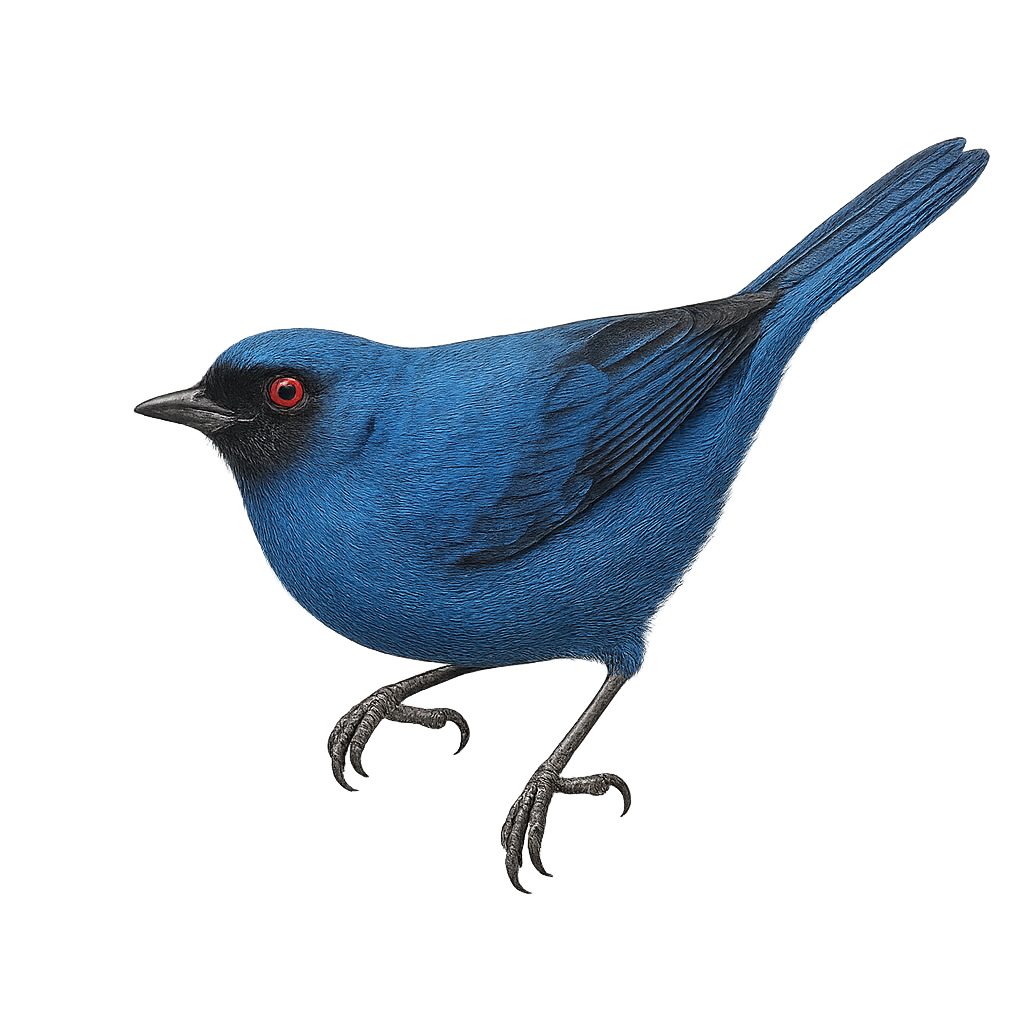Your wildlife photography guide.
Explore the masked flowerpiercer in detail, study its behavior, prepare your shots.
Where to observe and photograph the masked flowerpiercer in the wild
Learn where and when to spot the masked flowerpiercer in the wild, how to identify the species based on distinctive features, and what natural environments it inhabits. The WildlifePhotographer app offers tailored photography tips that reflect the masked flowerpiercer’s behavior, helping you capture better wildlife images. Explore the full species profile for key information including description, habitat, active periods, and approach techniques.
Masked Flowerpiercer
Scientific name: Diglossa cyanea

IUCN Status: Least Concern
Family: THRAUPIDAE
Group: Birds
Sensitivity to human approach: Suspicious
Minimum approach distance: 5 m
Courtship display: January to February
Incubation: 13-15 jours
Hatchings: January to March
Habitat:
Montane forests, forest edges, shrublands
Activity period :
Primarily active during the day, with peak activity in the morning and late afternoon.
Identification and description:
The Masked Flowerpiercer is a small, colorful bird from the Thraupidae family, primarily found in the montane forests of South America. It is distinguished by its bright blue plumage and the black mask around its eyes. This bird is often seen piercing flowers to feed on nectar, hence its English name "Flowerpiercer". It plays a significant role in the pollination of plants in its habitat. Although primarily frugivorous, it also consumes insects. Its presence is an indicator of the health of montane ecosystems.
Recommended lens:
400 mm – adjust based on distance, desired framing (portrait or habitat), and approach conditions.
Photography tips:
To photograph the Masked Flowerpiercer, it is advisable to use a telephoto lens of at least 400mm to capture detailed images without disturbing the bird. Look for it in montane forests or near edges, where it is often active during the day. Be patient and discreet, as this bird can be suspicious. Use a tripod to stabilize your camera and adjust ISO settings to compensate for low light under the dense canopy. Take advantage of moments when it feeds on nectar to capture interesting behaviors.
The WildlifePhotographer App is coming soon!
Be the first to explore the best nature spots, track rutting seasons, log your observations, and observe more wildlife.
Already 1 439 wildlife lovers subscribed worldwide

